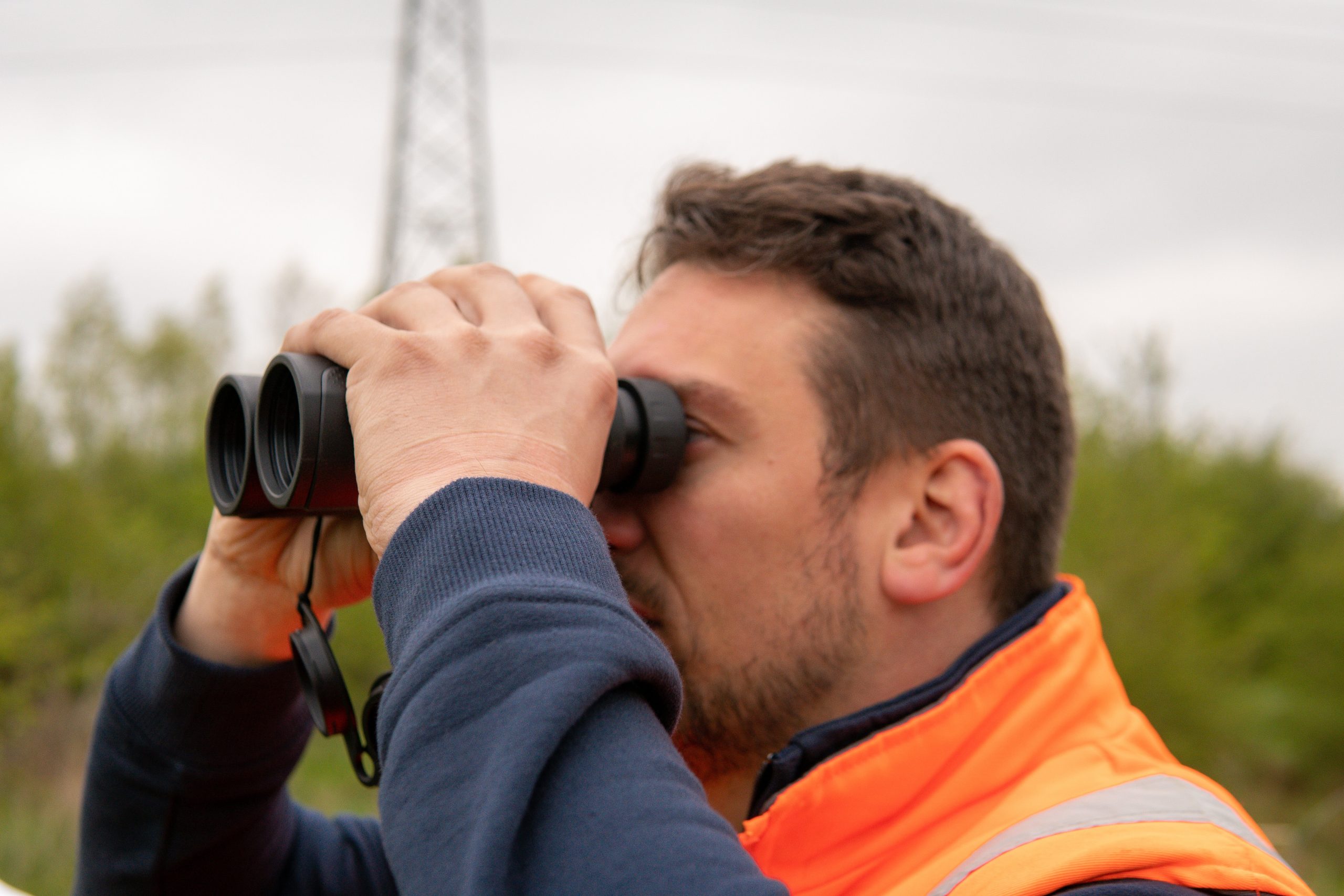Species and Habitat Surveys
Compliance and management solutions

Habitat and Species Surveys
Under environmental legislation a variety of plant, animal species and habitats are protected both in National and International Law. To mitigate the potential upset they could cause to your site or development, finding out what’s on site would be the most prudent choice.
Most habitats are easily recognisable and are generally picked up as part of a PEA survey (see Mapping), however where your site is more ecologically or environmentally important we can also offer a NVC (National Vegetation Classification) or Phase 2 Habitat survey that would provide a much deeper understanding of the ecological characteristics of your site.
Based on the back of a Preliminary Ecological Assessment, this would give a much greater understanding of the species on the site and how they are likely to affect the works that you have planned.
Our dedicated team of ecologists are also able to navigate you through the procurement of exclusion or translocation licences that will allow you to get the works done.
Case Study 1:
Following agreement with Natural England, we have been improving habitats in the Internationally important Upper Nene Valley Special Protection Area. This designated nature conservation site is important for overwintering birds supporting important populations of Bittern, Golden Plover, Mute Swan, Widgeon and Gadwall. Over time the grassland becomes encroached by hawthorn, blackthorn and willow and we have been tasked with removing these self-seeding woody species to keep the area suitable for these birds.
Since the site is important for wintering birds, this management needs to be completed in Spring months when these birds are absent. As there is some risk of nesting birds being present in spring, our ecologists have been keeping a close eye on the works providing frequent checks for nesting birds and giving tool box talks to the vegetation management team.
Later in the summer we will be managing the grassland to create a nutritious sward for the arrival of overwintering wigeon, with early and late summer cuts concluding the management team for the site.
Case Study 2:
As part of the Midland Mainline Electrification Project, the ecologists at VMS where required to survey for and manage badger activity along a substantial distance of the route. In locations where badger setts where identified within a certain radius of piling holes were (needed for overhead gantries) partial sett closures had to be carried out.
As all of our ecological surveyors and on site operatives hold a PTS card, this meant that the setts could be actively and easily monitored either during blockades, possessions or when the lines were active, allowing us the ability to react to an ever changing schedule.
Working within very tight project deadlines, VMS were able to successfully install and monitor a series of badger setts along several sections of the route, quickly and efficiently installing one way badger gates, that allowed egress but not re-entry. These gates were then monitored for a period of thirty days to ensure the sett was no longer actively used before the piling work could be carried out by the client.
Following the work, all gates were removed and the sett allowed to become active again, conforming to the conditions of the licence, whilst still allowing our client to make the progress they needed.
